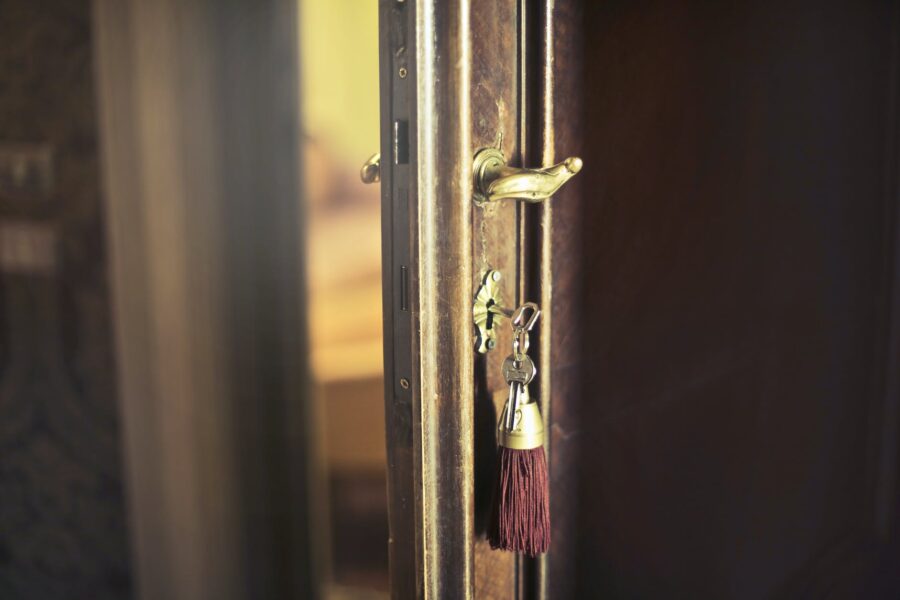
SOMEONE recently commented, quite seriously, that by law, security deposits paid to landlords for rented apartments are lost money, meaning they can never get it back.
I then realised there is much confusion surrounding security deposits. Let me see what I can do to demystify the topic.
A security deposit is a sum of money paid by a renter to the landlord. It’s usually paid upfront, together with the first month’s rent and is meant to be a pool of available funds to be drawn down on in the event that the renter causes damages to the rented space.
Normally, the drawdown on the security deposit occurs at the end of the tenancy when the landlord re-enters the apartment and assesses if any repairs are needed which should be the responsibility of the former tenant.
Note, repairs for reasonable wear and tear are the responsibility of the landlord, unless the tenancy contract says differently.
Reasonable wear and tear refer to damage which occurs from normal and ordinary use over time e.g., paint getting discoloured, dirty tile grout, some small scratches to doors and cupboards, particularly where the hands frequently touch it and loose door handles.
The amount of a security deposit is not a fixed sum. It can be discussed and agreed between the landlord and tenant. It is not unusual though to request a sum equal to the first rent instalment as the security deposit.
There is absolutely no law in this country which states security deposits are unrecoverable. On the other hand, a security deposit can be completely consumed by a landlord paying for repairs to significant damage the renter caused to the rented space. Full loss of a security deposit would depend on matters such as the amount of the security deposit paid, the wording of the contractual term for the security deposit, the type and extent of the damage. Interfering with electricals, damaging the walls, breaking bathroom fixtures and doors are just some of the matters that can trigger a drawdown on the security deposit for repairs.
I strongly recommend that new renters do a walkthrough of the apartment with the landlord and photograph the state of the space before they move in. If these are available options, ensure the photographs have the location and date information embedded in them. The more photographs the merrier. Do the same when leaving the apartment. If the landlord is not co-operative, a credible witness accompanying you while you take the photographs would be useful. The photos would offer evidence in the event there is a dispute that the security deposit is used for something the renter should not have responsibility for. The witness is used to corroborate (i.e. confirm to make stronger) the evidence of the former tenant.
In the event that the security deposit was partially or fully used by your landlord, you can ask for a detailed list together with supporting bills and receipts for payments towards alleged repairs to the apartment. If you are unable to resolve any dispute, seek legal advice and assistance. Be safe Trinidad and Tobago!
Copyright © 2022 Neela Ramsundar, LL.B (HONS), L.E.C Civil Litigation Attorney at Law & Certified Mediator.
Disclaimer: The contents of this article are for general informational purposes only and/or contain the opinions and/or thoughts of the writer only. It does not provide legal advice and does not create an attorney-client relationship with any reader. For legal advice on your specific situation, please contact an Attorney-at-Law of your choosing directly. Liability for any loss or damage of any kind whatsoever allegedly incurred a consequence of relying on content in this article is thus hereby excluded to the fullest extent permitted by law.
![]()












